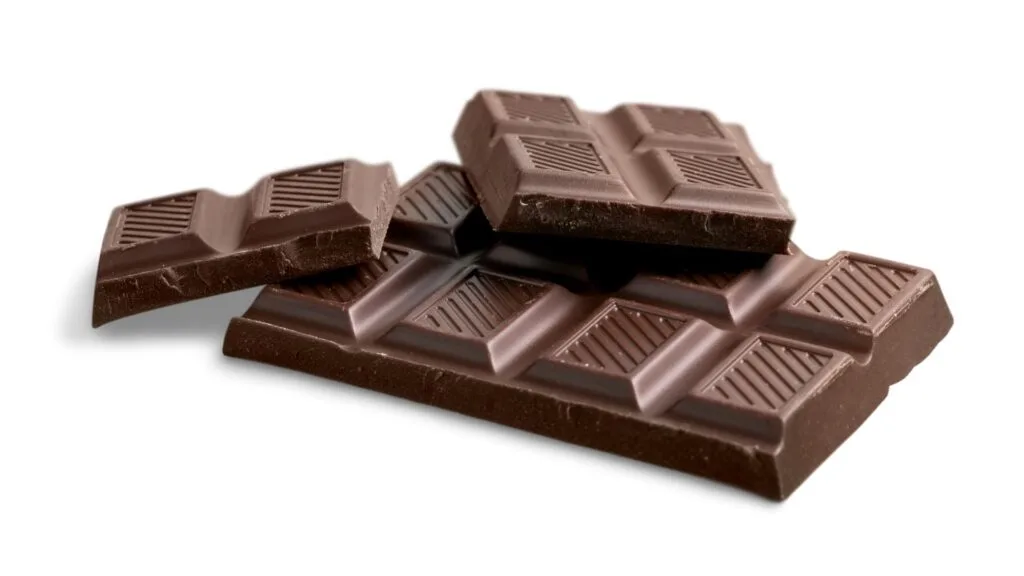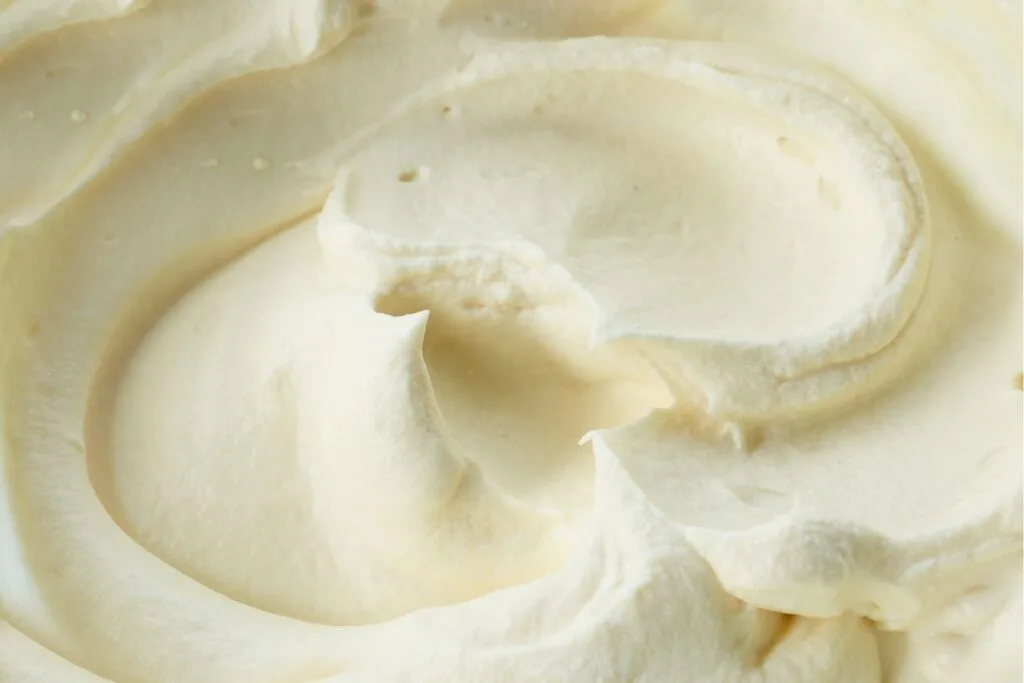Chocolate Components and Regulations: A Distributor’s Guide to Quality Sourcing
Chocolate is a universally loved product, driving significant demand across the food industry. For food wholesalers, distributors, and businesses, understanding the intricacies of chocolate components, quality factors, and the relevant regulations is crucial for successful sourcing and distribution. Offering high-quality, compliant chocolate products and ingredients can set your business apart.
A Taste of History: The Journey of Cacao
The story of chocolate begins with the cacao bean, native to the Amazon basin. Its history spans millennia, first cultivated and consumed by ancient civilizations in Mesoamerica (like the Maya and Aztec) as a bitter beverage. Introduced to Europe in the 16th century, it was transformed with sugar and spices, eventually leading to the solid chocolate we know today through innovations like the cocoa press (19th century) and conching (late 19th century), which created smoother textures. This journey from a regional beverage to a global confectionery staple highlights its enduring appeal and evolving production methods.
From Bean to Bar: Key Chocolate Components
Understanding chocolate starts with its core ingredients:
- Cacao Beans: The seed of the cacao tree, fermented, dried, roasted, and ground.
- Cacao Mass (or Cocoa Liquor): The ground-up beans, a paste containing both cocoa solids and cocoa butter. The primary source of chocolate flavor and color.
- Cocoa Butter: The natural fat extracted from cacao beans. Crucial for chocolate’s smooth texture and melting properties.
- Cocoa Powder: What’s left of the cacao mass after a significant portion of the cocoa butter is removed. Used in baking, beverages, and some chocolate formulations.
- Sugar: Added for sweetness, balancing the natural bitterness of cacao.
- Emulsifiers (like Lecithin): Help create a smooth texture and improve flow properties during manufacturing.
- Flavorings (like Vanilla): Enhance the overall flavor profile.
- Milk Solids: Used in milk and white chocolate.
Types of Chocolate: Defined by Ingredients and Origin
Chocolate types are largely defined by the proportion of these components and the origin of the cacao beans:
- Dark Chocolate: Contains cacao mass (cocoa solids + cocoa butter) and sugar. Minimal regulatory requirements exist, but usually >35% cocoa solids (EU minimum). Higher percentages mean less sugar, more intense flavor.
- Milk Chocolate: Contains cacao mass, sugar, and milk solids (like milk powder). Must meet minimum percentages of cocoa solids (EU >25%, US >10%) and milk solids (EU/US >12%).
- White Chocolate: Contains cocoa butter, sugar, and milk solids. Critically, contains no cocoa solids. Must meet minimum cocoa butter (>20%) and milk solids (>14%) in many regions.
Origin plays a huge role in flavor. Cacao beans from different regions (e.g., Ghana, Ecuador, Ivory Coast, Peru) have distinct flavor profiles due to genetics (Criollo, Forastero, Trinitario varieties), soil, climate, and post-harvest processing (fermentation, drying). “Single Origin” chocolates highlight beans from one specific area.
Quality Beyond Taste: Physical Attributes
High-quality chocolate exhibits specific physical characteristics:
- Appearance: Smooth, glossy surface with a uniform color, free from streaks or spots.
- Snap: A firm, clean break when snapped, indicating proper tempering (crystallization of cocoa butter).
- Texture and Melt: Melts smoothly and evenly in the mouth, without graininess or a waxy feel.
Visual Quality Check: What to Look For
A quick visual inspection can reveal a lot about chocolate quality and storage:
- Good Signs: Reflective, smooth surface; rich, even color consistent with the chocolate type.
- Bad Visual Signs:
- Bloom: A grayish or whitish film or streaks on the surface.
- *Fat Bloom:* Caused by improper tempering or temperature fluctuations during storage, where cocoa butter crystals melt and recrystallize on the surface (looks gray/streaky).
- *Sugar Bloom:* Caused by moisture on the surface dissolving sugar, which recrystallizes as rough, white patches (looks powdery or sandy).
- Dullness: Lack of shine, suggesting poor tempering or aging.
- Uneven Color: Could indicate improper mixing or inclusions that have affected the surface.
- Bubbles or Pits: Sign of issues during molding.
- Bloom: A grayish or whitish film or streaks on the surface.
Health Implications: Balancing Indulgence and Wellness
Chocolate’s health perception is complex. Dark chocolate, particularly with high cocoa content, contains flavonoids, antioxidants linked to potential cardiovascular benefits and other positive health effects. Cocoa also contains compounds that can affect mood positively.
However, chocolate is also calorie-dense and can be high in sugar and saturated fat, especially milk and white chocolate. Concerns also exist regarding potential contaminants like heavy metals (cadmium and lead), which can be absorbed by the cacao plant from the soil, particularly in certain growing regions. Mycotoxins are another potential contaminant if beans are not stored correctly.
Best Healthy Choices
For those seeking healthier options, focus on:
- Chocolate with a high percentage of cocoa (70% or higher).
- Products with lower sugar content.
- Simple ingredient lists.
- Chocolate from suppliers who test for contaminants.
Navigating Regulations: What Distributors Need to Know
Regulations are paramount when sourcing and distributing chocolate products and ingredients:
- Standards of Identity: Be aware of what defines dark chocolate, milk chocolate, white chocolate,” etc., in your target markets (e.g., EU Directive vs. US FDA standards). These define minimum cocoa solids, cocoa butter, and milk solids percentages.
- Labeling Requirements: Ensure accurate ingredient lists (descending order by weight), clear allergen declarations (milk, soy, nuts are common), nutritional information, and potentially origin information if claimed.
- Contaminant Limits: Regulations set maximum levels for heavy metals (especially cadmium, which is stricter in some regions like the EU based on cocoa content) and mycotoxins. Sourcing from suppliers who provide heavy metal testing data is crucial.
- Permitted Additives & Fats: Understand what emulsifiers, flavorings, and alternative fats (e.g., up to 5% non-cocoa butter vegetable fats allowed in ‘chocolate’ in the EU, but not in the US unless labeled as ‘chocolate product’ or ‘compound’) are permitted.
- Import/Export Compliance: Ensure products meet regulations in both the country of origin and the destination market.
Sourcing Excellence: Finding the Best Quality and Choices
Finding the best quality and ensuring regulatory compliance involves careful supplier selection:
- Work with Reputable Suppliers: Choose suppliers with robust quality control systems, certifications (e.g., ISO 22000, FSSC 22000), and traceability.
- Request Detailed Specifications: Obtain comprehensive data sheets including exact composition, fat type, origin information (if applicable), and testing results for contaminants.
- Understand Processing: Inquire about their bean sourcing, roasting, conching times, and tempering process, as these impact final quality.
- Verify Compliance: Ensure the supplier can provide documentation proving adherence to the regulations relevant to your markets.
Main Source Countries and Suppliers
The majority of the world’s cacao beans come from West Africa (primarily Ivory Coast and Ghana), followed by Latin America (Ecuador, Peru, Brazil, Dominican Republic) and Southeast Asia (Indonesia). The origin impacts flavor and can influence potential contaminant levels (like cadmium in certain soils). Main suppliers are global agricultural commodity traders, specialized cocoa processors, and large food ingredient companies that source beans and produce chocolate components or finished bulk chocolate.
PMF: Your Partner for Quality Ingredients
As a supplier of pastry, bakery, and ice cream raw materials from Turkey, PMF is dedicated to providing high-quality ingredients for food wholesalers, distributors, and businesses. While specializing in various essential baking and confectionery ingredients, we understand the importance of quality sourcing and compliance across all product categories.
Explore our range of products, sourced with quality in mind:
- An example of ingredient discussions we follow, like the topic of certain additives: https://pmf-tr.com/does-e129-really-affect-our-health/
- Discover our high-quality Whipping Cream Powder: https://pmf-tr.com/products/pastry/whipping-cream-powder/
- Explore our variety of Filling Creams, including popular options like Dubai Pistachio: https://pmf-tr.com/products/pastry/filling-creams/dubai-pistachio-filling-cream/
- Find essential mixes like our Soft Ice Cream Mix: https://pmf-tr.com/products/ice-cream/soft-ice-cream-mix/
Partnering with a reliable supplier like PMF helps ensure you receive ingredients that meet stringent quality controls and are sourced responsibly.
Frequently Asked Questions about Chocolate for Distributors
What are the main components that determine chocolate quality?
The main components are cacao mass (cocoa liquor), cocoa butter, and sugar. The quality and proportion of these, along with factors like bean origin, processing (fermentation, roasting, conching), and additional ingredients (milk solids, vanilla, lecithin), significantly impact the final taste, texture, and quality.
How do regulations affect food distributors sourcing chocolate or chocolate ingredients?
Distributors must navigate regulations on standards of identity (what legally qualifies as different chocolate types), labeling requirements (ingredients, allergens, origin claims), limits on contaminants (heavy metals like cadmium, mycotoxins), permitted additives, and increasingly, regulations related to ethical sourcing and sustainability.
What are key visual signs of poor quality or improperly stored chocolate?
Bad visual signs include bloom (sugary white or fatty gray streaks/patches on the surface), dullness instead of a smooth sheen, uneven color, or evidence of melting and resolidifying. Bloom indicates issues with tempering or storage temperature fluctuations, while dullness might suggest poor tempering or old age.
What should distributors consider regarding health when sourcing chocolate products?
Consider sourcing options with higher cocoa content (more antioxidants, less sugar), transparent ingredient lists with fewer additives, and awareness of potential contaminants like heavy metals by working with suppliers who provide testing data. Offering ‘healthy choice’ options aligns with consumer trends.
Where are the main origins for cacao beans, and how does origin affect chocolate?
The main origins are West Africa (dominant volume, producing many Forastero beans – e.g., Ivory Coast, Ghana), South America (known for fine flavor Criollo and Trinitario beans – e.g., Ecuador, Peru), and Southeast Asia (e.g., Indonesia). Origin significantly influences flavor profiles, ranging from fruity and floral notes to earthy and robust.



